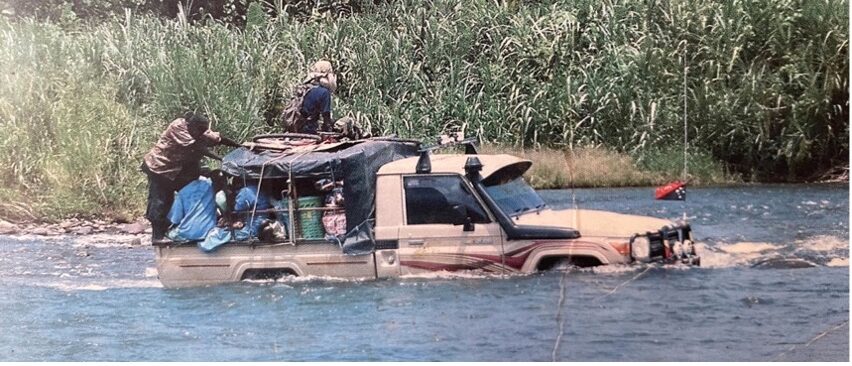Public infrastructure in PNG is still much in a development stage. Let’s take a brief look at Transport, Electricity and Communication sectors:
Transport: Road transport in PNG is cumbersome and slow. There are only three inter-city highways, partially in bad conditions. One highway stretches out from the capital Port Moresby along the Southern coastline, the second runs from Lae to Madang on the Northern coast. The Highlands Highway branches off towards Mount Hagen and beyond. China is heavily investing into construction of the Highlands Highway, mainly for own economical reasons, enabling road access to the valuable mining areas.
Water transport is provided via the commercial harbours of Port Moresby, Lae and Madang. Small motorized dinghy boats run along the coastlines and the Sepik river to provide transport of goods and people to towns and villages. These boats are frequently overloaded and not safe in rough sea conditions.
Air transport: National carrier Air Niugini and PNG Air serve the major towns, else only private operators, helicopters and humanitarian organizations fly to many small inland airstrips.
Electrical infrastructure is over-aged and poorly maintained by the state monopolist “PNG Power Ltd”. Only 19% of the population currently have regular access to electricity, mostly in urban areas. Power blackouts are very common, happen daily and over extended periods of time.
Telecommunication: urban areas are covered by three mobile network providers; only a single network (Digicel) is available in most rural areas.
Internet: most people use their cellphone as the single device for internet access; two commercial providers for satellite internet connections are available. However, their fees are mostly too expensive for local people to afford.

